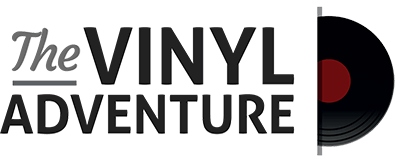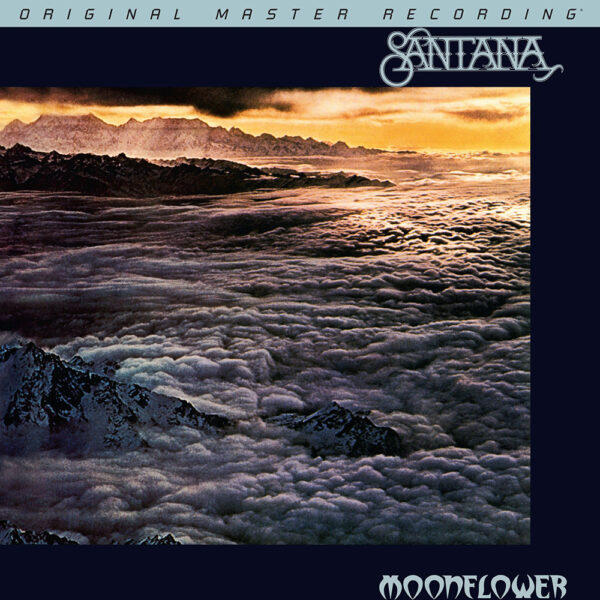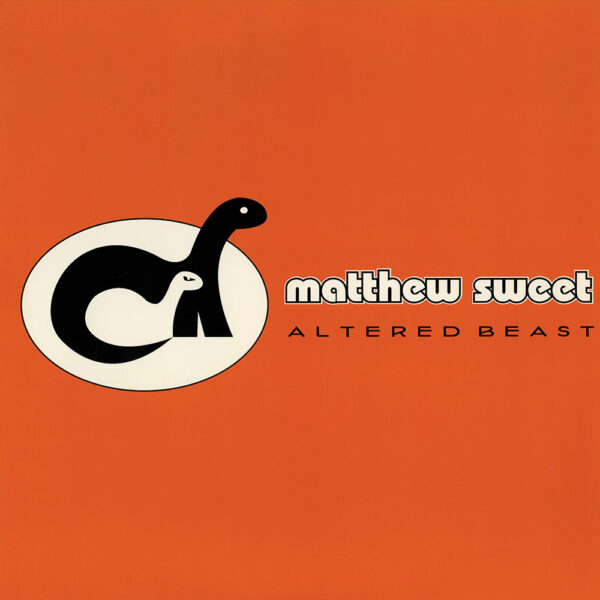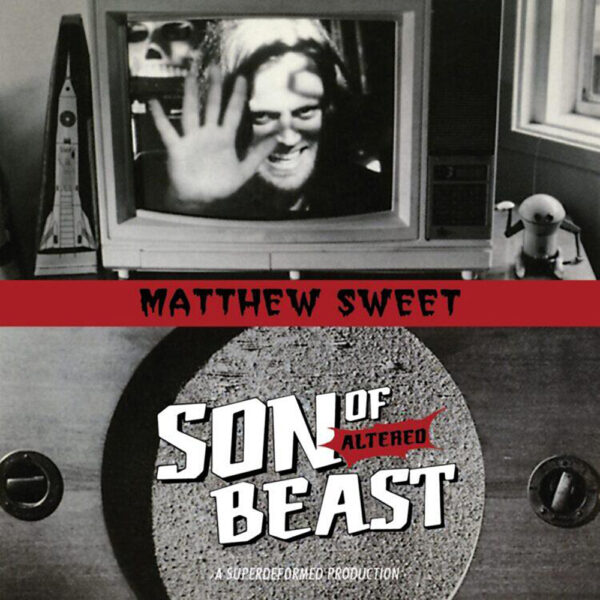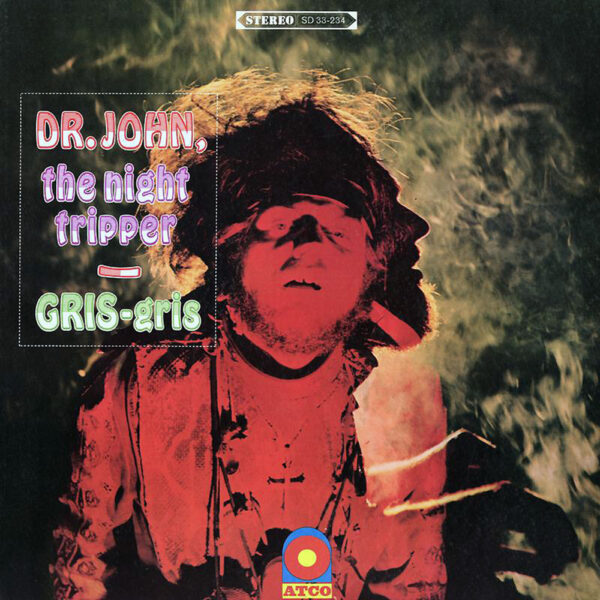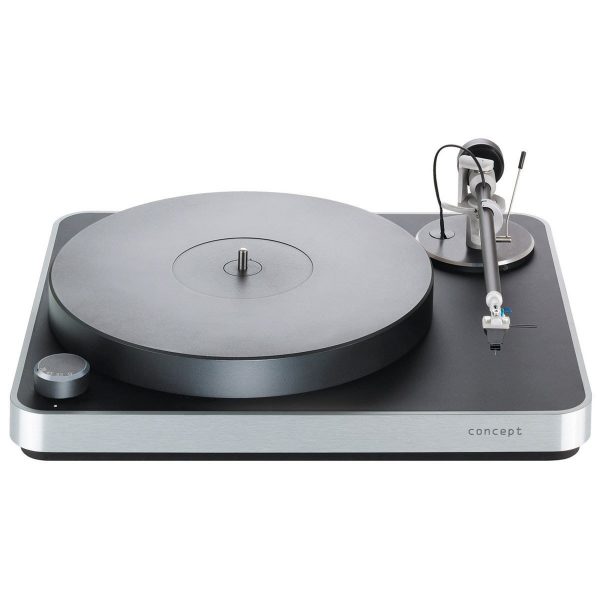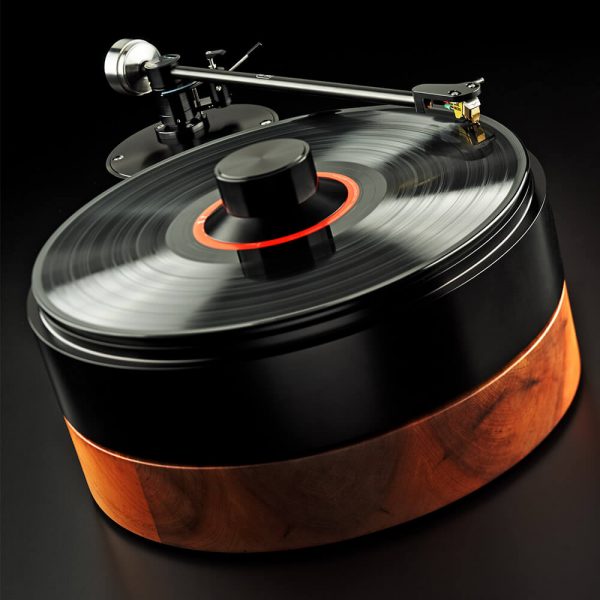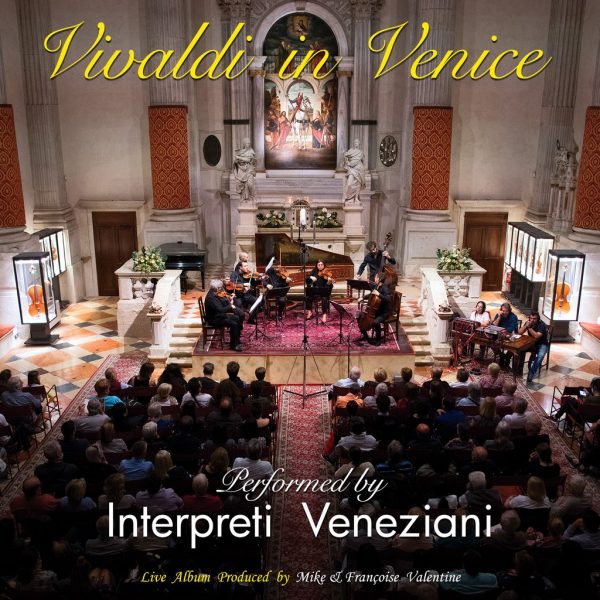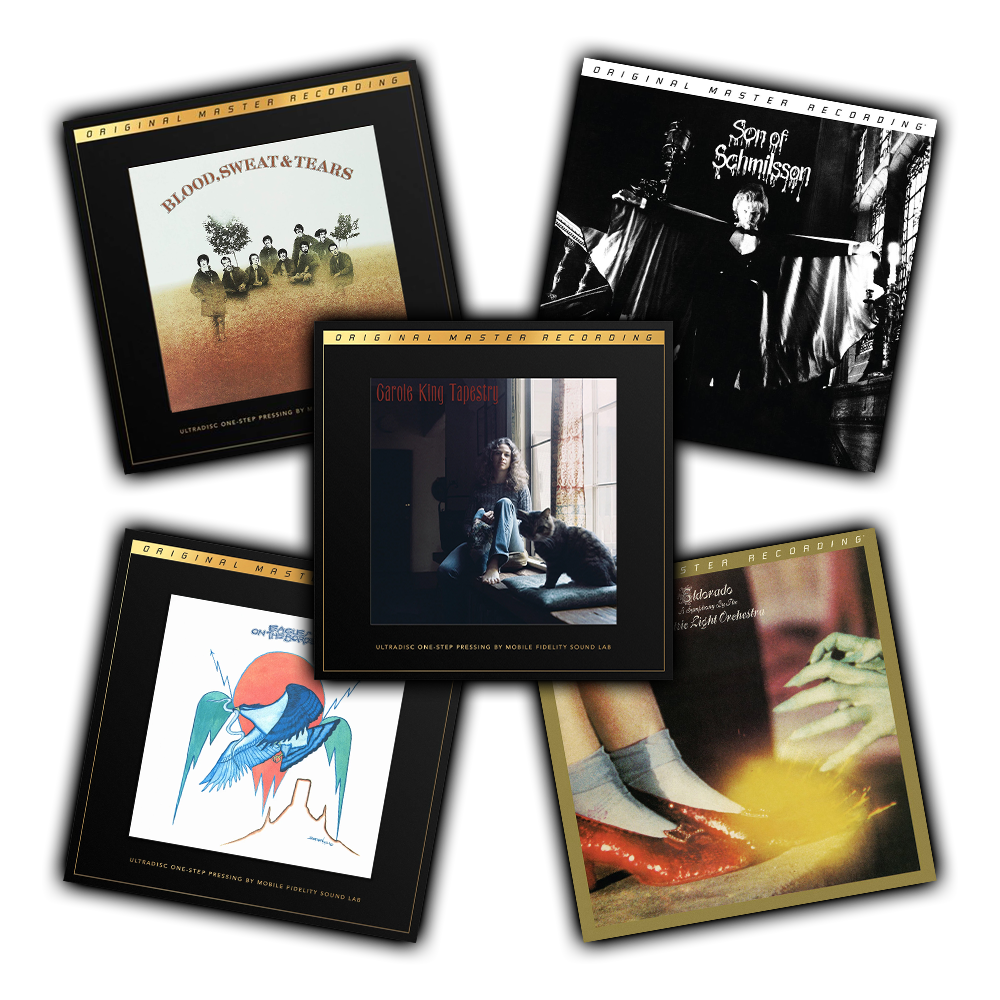I was born in 1970 so I remember a time before “Perfect Sound Forever”. I’ve always been a music fan, one of my earliest memories was being entranced, at eye level with a Shure M75ED cartridge playing a record. I knew that it was responsible for the music coming from the huge Castle speakers across the room but had no idea how. My dad and his friend looked on nervously but I kept my hands to myself. I also remember doing an interpretive dance to Hocus Pocus by Focus. I was about four.
My first LP was David Bowie’s Scary Monsters and Super Creeps, I was nine years old and I still remember being taught how to handle it – always keep your fingers on the edge or the label. Sometimes I think that was the most useful lesson I got from my father; it certainly stuck with me! 35 years on, I’ve still got this record and it plays perfectly. Just the other day I gave it a spin on my Clearaudio record cleaning machine.
In the early years I only added one or two records to my collection per year so they had to count. Being the early ’80s I was taken by Synthpop, and bizarrely, New Romantic. Consequently the following records were by Visage, Gary Numan and Landscape – what can I say? I was young – at least it wasn’t Shakin’ Stevens.
My musical saviour was without doubt, John Peel. I discovered him in the time honoured transistor-radio-under-the-covers fashion. I’d become bored with Radio Luxembourg’s inconsistent signal and Radio One on FM was a breath of fresh air. Finding the Peel show uncovered a wonderful and at times frightening world of new music. HMV and Virgin didn’t stock bands like The Shrubs, McCarthy and The Pastels so I ventured further afield and discovered curious independent record shops like Revolver and Replay stocked with music I’d never heard of. I remember the first record I bought at Revolver, it was something John Peel played called MoeJadKateBarry – it featured Moe Tucker, the former drummer from the Velvet Underground and it was a thrilling low-fi rush. I’ve still got it naturally and discovered a few years ago it’d been put out by Penn Jillette the magician of Penn & Teller fame. Anyway, I was hooked. Whenever I could I’d listen to John Peel, read the NME and educate myself about what I’d buy when I could get to the shops.
At this point I still lived with my parents and didn’t have my own record player. When I did leave home I was given a turntable that’d formerly belonged to my grandparents along with the Aiwa system it plugged into. The best thing I can say about this is the stylus was unused because they didn’t own any records. I was talking to the odious sales rep at work one day and he asked me why I didn’t have a CD player. At that point it was because the music I liked was generally not available on CD – a quick check on Discogs confirms that Ron Johnson Records never released anything on CD. It seemed like a yuppie format and the independent/alternative sector, which I felt aligned with, was instinctively opposed to it.
A pivotal album in my life was My Bloody Valentine’s Loveless. Even now, 24 years after its release it still has the power to shock. It sounded, and sounds like nothing else – Brian Eno famously described the single from the album as “the vaguest music ever to be a hit”. In places it’s ethereal to the point of intangibility and in others, impenetrably thick – in either case it’s impossible to work out what that noise is. On the album sleeve the only instruments credited are guitar, bass, vocals, drums and sampler yet it’s so unearthly it just seems impossible. I was so deeply taken with this album I resolved to unravel it – I needed better hi-fi.
That was late 1991. I’d just about got over my CD snobbery, the prices of the players were coming down and they were being so widely adopted it looked like the end was in sight for the LP. I had a birthday coming up so I sweet talked my way to a secondhand CD player. As soon as I heard Loveless on CD I realised I’d made a mistake. OK, the pitch was stable and there was no surface noise but where had that all important third dimension gone? Two years after getting my first CD player I only had a handful of discs, half of those given to me rather than deliberately bought. By then I’d already established my policy of only buying CD if it’s impossible, or at least very difficult, to get on vinyl. There’s a kind of democracy to consumerism
in that if people still demand a product it will be made available – I was doing my utmost to keep the market buoyant.
I still had an album to pick apart so went from a very cheap Japanese turntable to a less cheap Japanese turntable to a vintage Japanese turntable (that I now realise desperately needed its bearing being stripped and relubed) to a Thorens TD-160. Suddenly I felt I was going places. By religiously scanning the hi-fi/tv/video section of the local free ads I turned up an SME series II tonearm with a TD-160 armboard. About this time I got a new girlfriend whose dad happened to be a dealer in vintage audio – purely a coincidence but somehow I ended with a 20kg Harman/Kardon amplifier which really opened my ears. By now I’d realised that it was possible, if careful, to buy items from the free ads paper, try them out and then sell them on at a profit. This simple revelation changed my life and I changed speakers seven times in five months. At the end of that my speakers had a Linn badge on them and I was proud as Larry. OK, they didn’t sound that great but they had a Linn badge on them! I’d started the year with speakers branded Pioneer. The following year I got a Linn Axis turntable, then I heard my brother’s Naim Nait and suddenly the H/K sounded a bit bloated and sluggish. A secondhand pair of Linn Kans in a hi-fi shop caught my eye and I was adhering to the previous decade’s Linn/Naim dogma.

I thought I’d “made it” in hi-fi but Loveless was still a tight musical bundle, refusing to be unpicked. I had to get a Sondek with a moving coil cartridge and a Naim pre/power. I’d even upgraded my CD player a couple of times by this point. My music tastes were very much to the left-field and I was drawn to a few of the more interesting post-grunge bands. My then-girlfriend noted that I was buying hi-fi to listen to lo-fi. It still made sense to me – compensating for inadequate recordings with better quality replay equipment. By 1997 I was starting to feel like a bit of a weirdo for still using vinyl but the releases I was interested in were still readily available at the specialised shops I went to. The prices of secondhand turntables was starting to fall and by the time I sold my LP12 (I’d moved to an outlandish looking Delrin plattered Audiomeca by then) I only got £200 and it was a struggle even selling it. This was a depressing time because I really felt marginalised as a vinyl user – the big labels didn’t care, most major releases were CD and cassette only. Luckily the independent labels I favoured like Drag City, Matador, Warp and Domino still had love for a format that was looking increasingly obsolete.
In 1998 I decided to go travelling and put my records and hi-fi into storage at several friends houses. By this point I had about 500 LPs and another couple of hundred singles and 10″s. I was away somewhat longer than expected and it wasn’t until 2005 that I was able to get my system back together. What a relief! While I was overseas I barely experienced any analogue audio reproduction, everything I’d heard had been glassy hard digital. MP3 had been making inroads and making everybody’s music even less natural – it seemed like the world had gone mad. Still, I had my records and it was still possible to get new releases if you could still find an independent record shop. My system continued to evolve, I’d moved away from Naim in favour of AVI and then I discovered valves in the shape of a sympathetically restored 1963 Leak Stereo 20. There was a bit of a trade-off in that I lost a bit of detail and bass firmness but everything was so sweet! Unable to stay still I changed the Leak for a pair of Audio Innovations series 1000 monoblocks, then 2nd Audio Triode power amps. I met an old guy across town who handmade massive turntables in the style of the SME 30. Being made by a retired British motorcycle engineer it leaked oil naturally but it sounded magnificent.
Since then I’ve been through a handful of turntables, numerous phono stages, cables, pre-amps, power conditioners, cartridges and isolation devices. It’s been an interesting journey but the system has stabilised of late – there are certain components I like so much I’m probably going to change them for another model up the range. As of Sept ’15 my system comprises of a Technics SP10mkII turntable in a skeletal slate plinth with a PAB (Pro Audio Bono) isolation device. On the plinth is a rewired SME V with (currently) a Dynavector 17D3. It runs into a Whest PS 30 RDT phono stage, a Music First Classic passive pre amp, a highly modified Audio Innovations First Audio stereo power amp (7 watts a channel!) with Border Patrol power supply. It’s powered by an Isotek Sigmas EVO3. The speakers are Living Voice Avatar OBX-Rs sitting on Sonority Design isolation platforms. I also use Sonority Design isolation underneath my amp and Symposium Rollerblocks under the Border Patrol and the Sigmas. The power cables are all Nordost, the interconnects are MCRU SLIC Innovations C and the speaker cable is Tellurium Q or Black Rhodium. It could be considered overkill just to play records. Works well though.
The so-called vinyl revival has been helpful, people no longer ask me if I’m a DJ when they find out I’m a record user. Also it’s easier to come by new vinyl, a lot of prohibitively expensive rarities have been reissued although I wonder about some of the bizarre Record Store Day releases – why do we need more Fleetwood Mac and Michael Jackson LPs? They’re not hard to come by – just go to a car boot sale. Oh, and this.
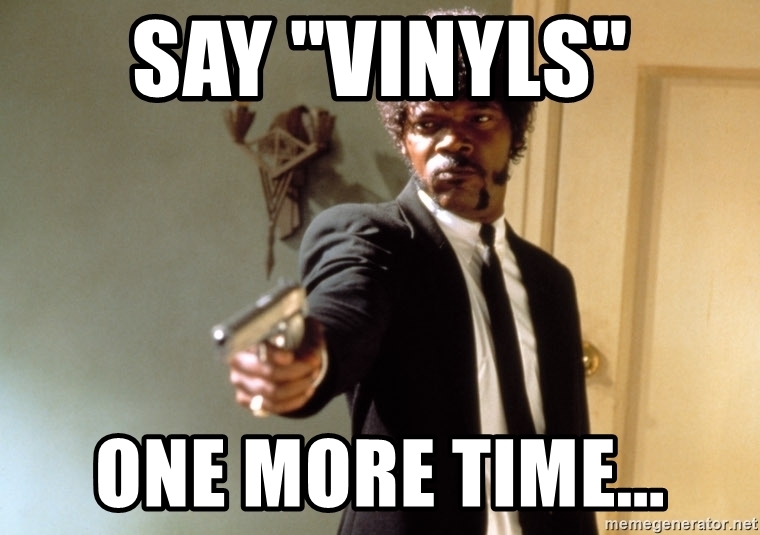
To the question “when did you get into vinyl?” – the answer is when I discovered music. And ever since.
